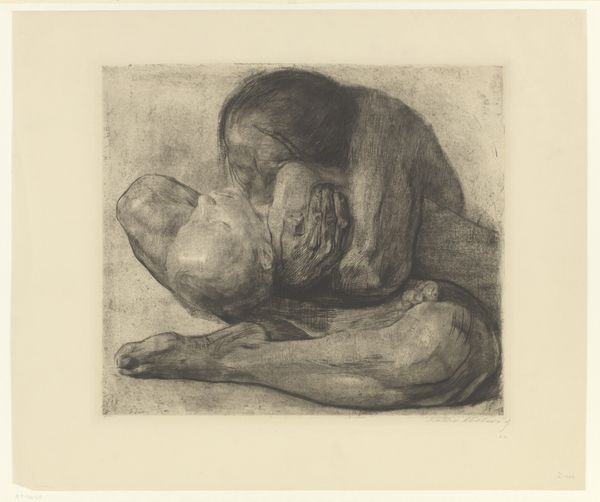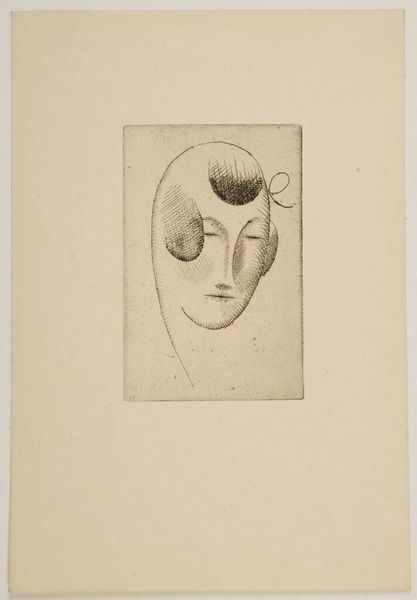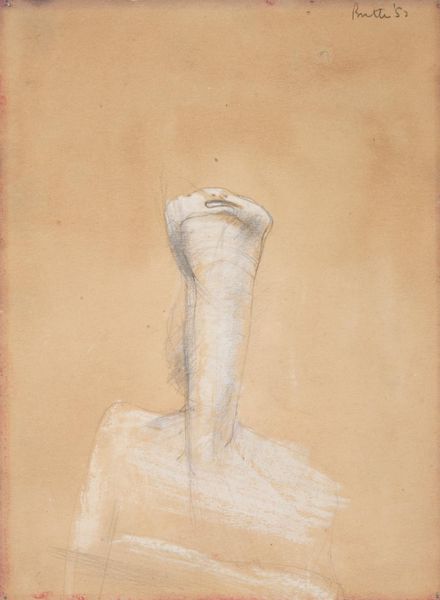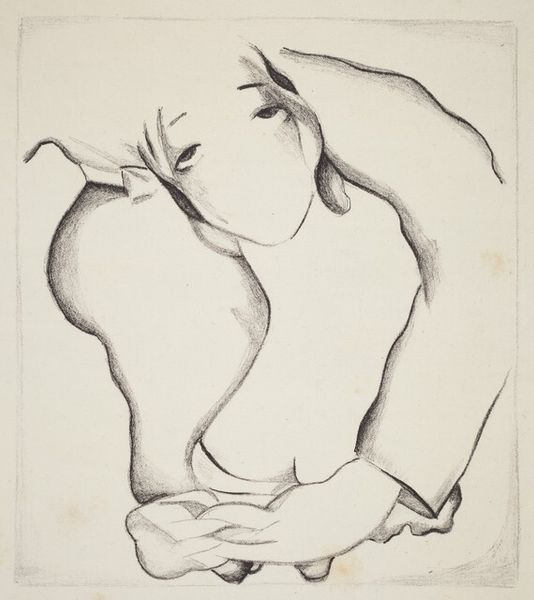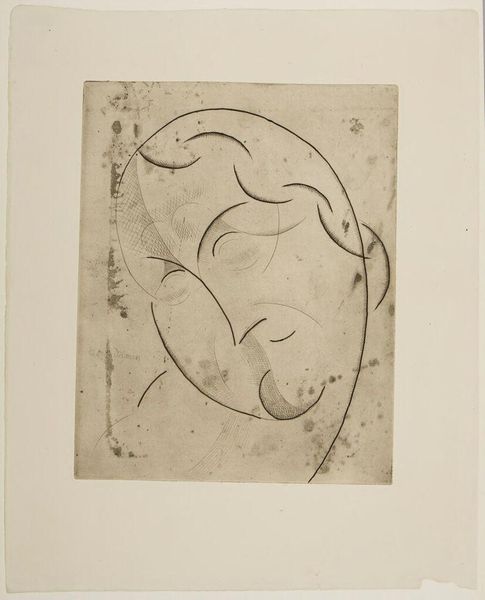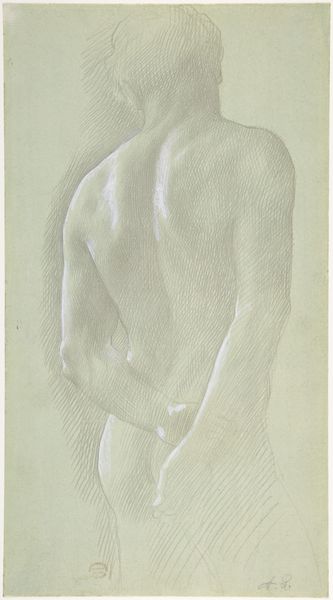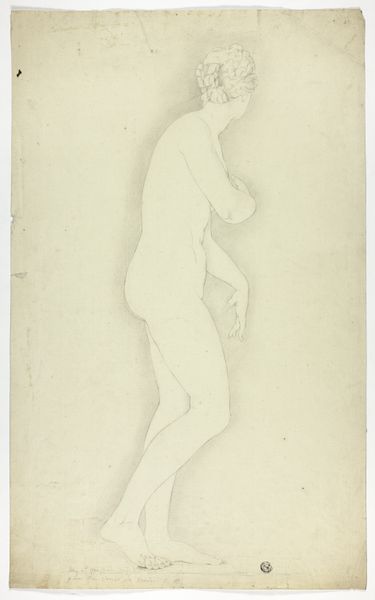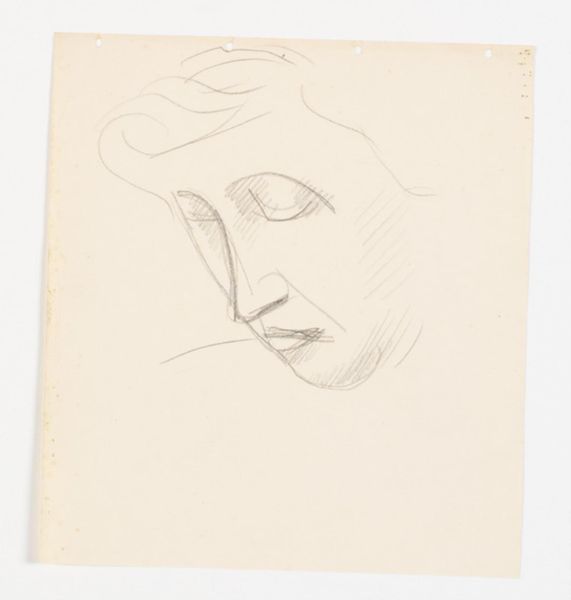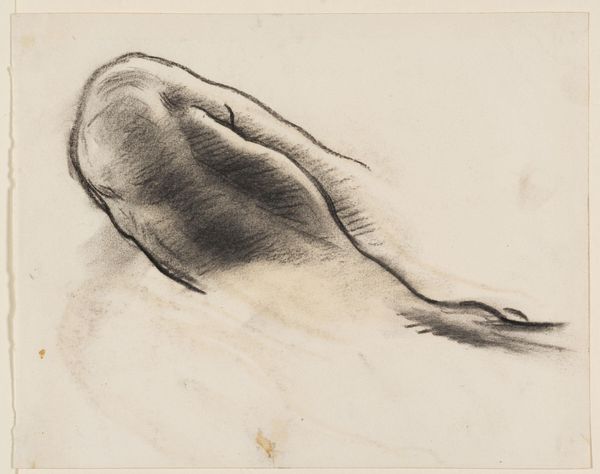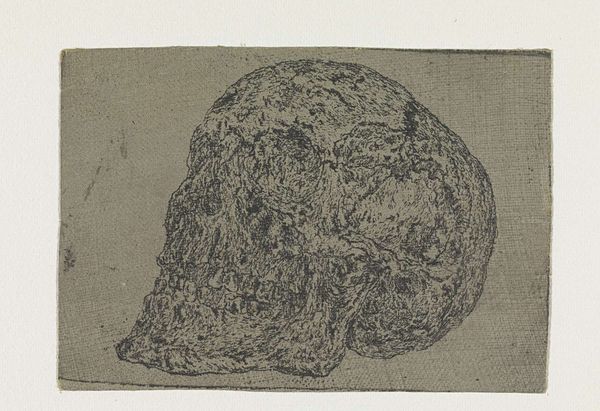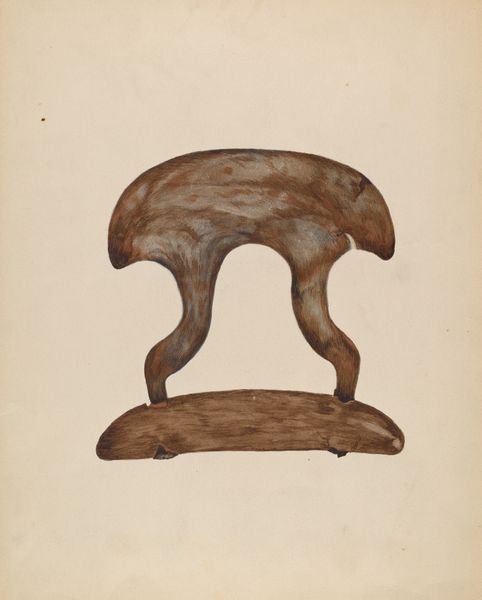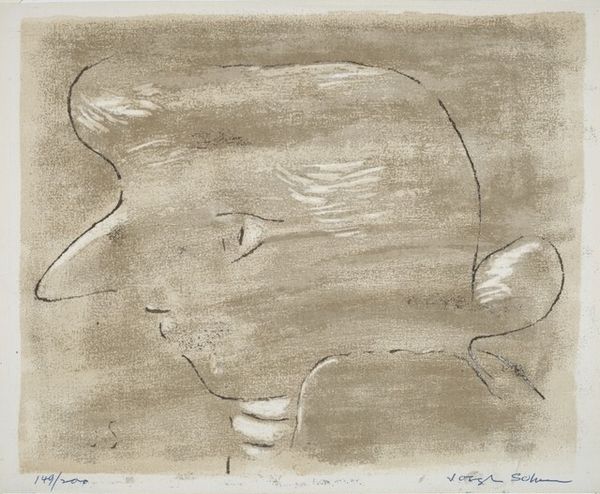
Copyright: Public domain US
‘Simplicity is complexity resolved.’ – Constantin Brancusi What are your first impressions of this sculpture? Carved in sleek white marble, it depicts an abstract sleeping head, laid on its side as if resting on a pillow. The form of the human head has here been reduced to its basic oval shape, while the sculptor has delicately carved indentations to suggest essential facial features. This is the original ‘Sleeping Muse’ (1909) by Constantin Brancusi, which was cast into six additional bronze sculptures after its completion. The bronzes can now be seen in worldwide museum collections. 😴 Constantin Brancusi (1876-1957) was a sculptor and painter born in Romania. He worked as a dishwasher to afford his education at the prestigious École des Beaux-Arts (School of Fine Art) in Paris. The artist is now best known for his abstractly simple sculptures which exemplify the innovations of modern art. ‘Sleeping Muse’ was modelled on the French Baroness Renée Irana Franchon, yet little is known about her. Here, Brancusi focuses on the elegant and simple spherical form of her head alone. The bodiless, egg-shaped sculpture features a long, straight nose which arches to the forehead, along with closed eyelids and lips. These angular features create an effective contrast with the spherical form of the head. Brancusi has also dented the marble above the forehead to suggest the texture of hair. The smooth surface and simple oval shape of this sculpture, as well as its pure white colour, communicates a sense of peace and tranquillity to the viewer. Do you feel any particular emotions when you look at this piece? 👇 ‘Sleeping Muse’ is a key example of the influence of African images in modern art. Brancusi himself encountered ancient African and Asian art in the Parisian museums. Traditional African masks are an essential aspect of African culture, and were often worn during celebrations and festivals. Examples of these ritual masks had been brought into France as early as the 15th century, yet many were looted in a colonial context. The relationship between African art forms and the avant-garde art styles of the twentieth century is now recognised by art historians, and some museums even display their Cubist paintings alongside African masks. Does this sculpture remind you of traditional African masks? 💭 Editor: Lucy Jude Grantham
Comments
No comments
Be the first to comment and join the conversation on the ultimate creative platform.

